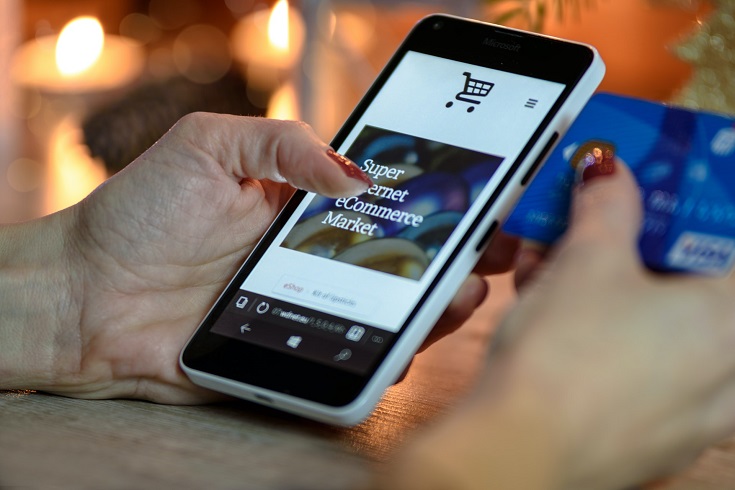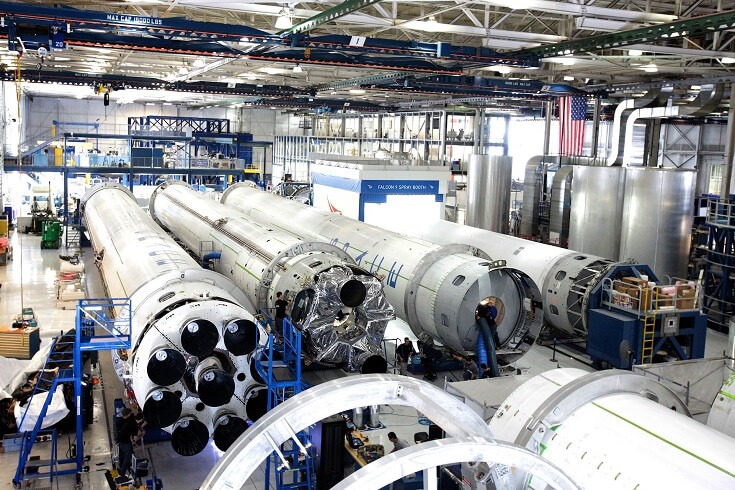A business model is indispensable for anyone aiming to succeed in business. Without a clear business model, entrepreneurs can lose their way and fail to attain profits. In fact, the primary objective of business is typically to achieve profitability.
Simply put, a business model can be understood as a fundamental concept that encompasses how the business will operate, including both internal and external aspects. Internally, a business model outlines how the organization is structured to ensure continuous growth. Externally, it defines the value to be delivered to consumers, and most importantly, it explains how profits can be generated from the business.
A robust business model should address three main questions: what type of product will be produced and the availability of labor; what strategies will be employed for promotion, distribution, delivery, and sales; and what pricing strategy and payment methods will be utilized.
Also read: B2B Model Business: How It Works, and The Examples
There are several references that can be consulted before creating a business model. What are they? Let’s explore the following explanations!
1. Dropship
This business model has gained popularity since the emergence of e-commerce. The convenience of the dropship business model lies in its lack of necessity for a physical store. Individuals engaged in dropshipping are referred to as dropshippers. They only need to create an online store and sell products to consumers through that store, even if the goods are shipped from another source. Profits in dropshipping are derived from the margin between the cost of purchasing products and their selling price.
Also read: What is a B2C Business Model: The Characteristics and Examples
2. Franchise
The franchise business model is widely recognized. It simplifies the process for individuals who wish to start a business but are hesitant to begin from scratch. How does it work? In a franchise business model, one only needs to use an existing model from a particular trademark, usually requiring an upfront compensation payment. Franchisors typically possess a well-established and stable business model that defines all aspects of the business. However, caution in selecting a franchise is still essential to avoid future losses.
3. Marketplace

Types of Business Models
Marketplaces are now a well-known business model as transactions are conducted online. This method offers convenience to both buyers and sellers, eliminating the need for buyers to visit physical stores and for sellers to establish physical stores. In terms of profitability, the marketplace business model holds promising prospects. Its popularity has surged, particularly following the Covid-19 pandemic, and has been influenced by the shopping preferences of younger generations. In Indonesia, well-known marketplaces include Shopee, Tokopedia, and Lazada.
4. Freemium
Have you ever tried a service and received an offer to upgrade for access to premium features? This is known as the freemium business model. It offers two types of services—free and premium—in a single product. The freemium model is commonly found in video streaming services and is also used by companies like Dropbox, where users initially receive a free 2GB storage service but can upgrade for more storage space.
Also read: What is FnB Business and Its Opportunities in Indonesia
5. Subscription
In contrast to freemium, the subscription business model derives revenue from subscription fees paid by consumers, which can be weekly, monthly, or yearly. Many businesses employ this model, including Netflix and Disney+ Hotstar. Affordable subscription prices are often a draw for consumers, and businesses benefit from the number of subscribers, leading to substantial profits.
Also read: What is Affiliate Business: Its Strengths and Weaknesses
6. Manufacture

Types of Business Models
In manufacturing businesses, entrepreneurs produce their own goods, typically using production machines. They can sell their products directly to consumers or through third-party intermediaries. Examples of businesses employing the manufacturing business model include Apple and Nike. Challenges in manufacturing businesses often revolve around securing a consistent supply of raw materials, crucial for smooth production.
Also read: What is a Digital Business: Its Types and Benefits
7. Retailer
Retailers act as intermediaries between manufacturers (producers) and consumers. They purchase products from distributors and then sell them to consumers. This business model can be implemented on a small, medium, or large scale. Examples range from small stalls to large retail companies like Alfamart and Indomaret. A common challenge faced by retailers is ensuring the availability and suitability of proper warehouses for storage, as this can impact business performance.
These are several common business models in our environment. In addition to the seven mentioned above, there are numerous other business models categorized based on production, physical presence, revenue sources, and pricing strategies. Which one would you like to learn more about?



